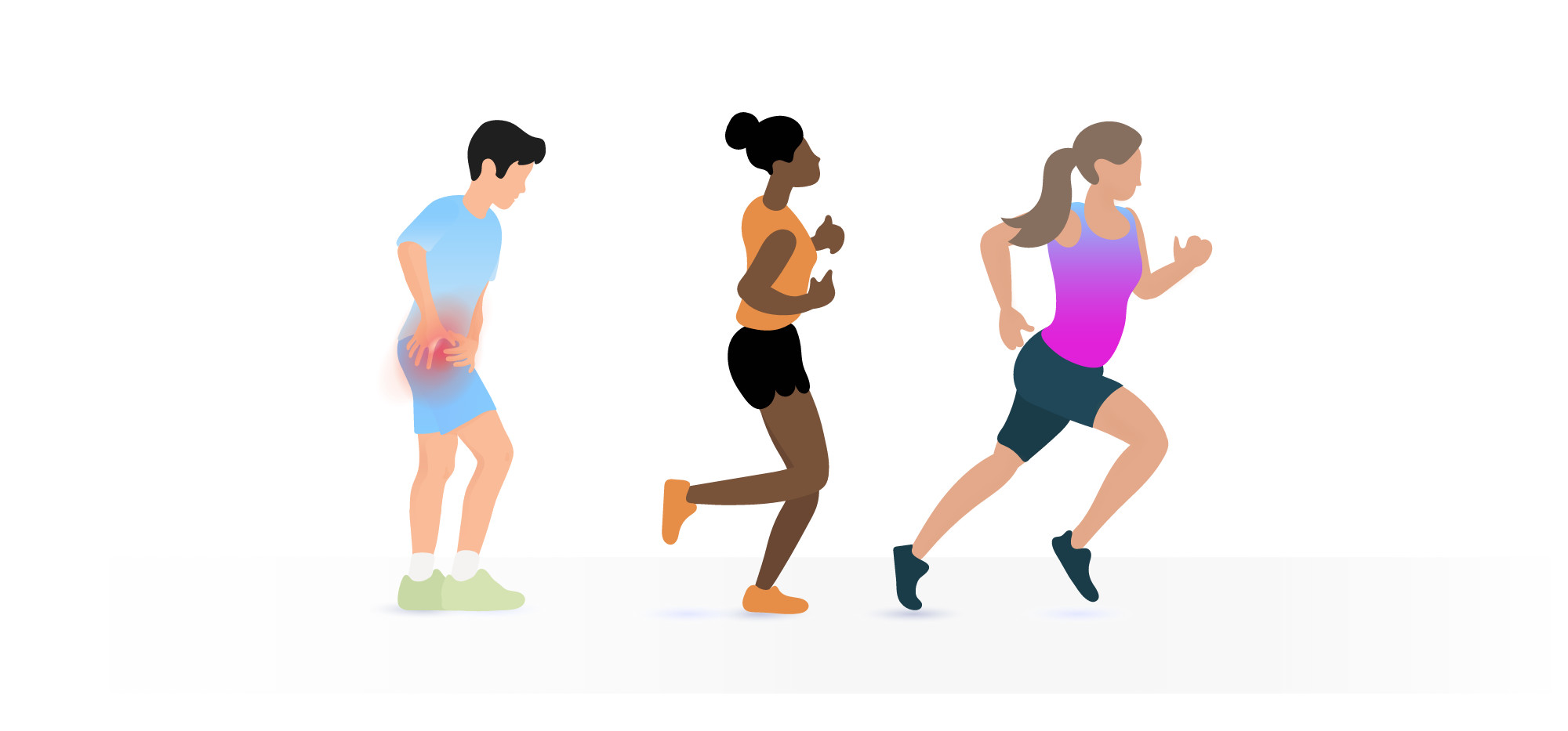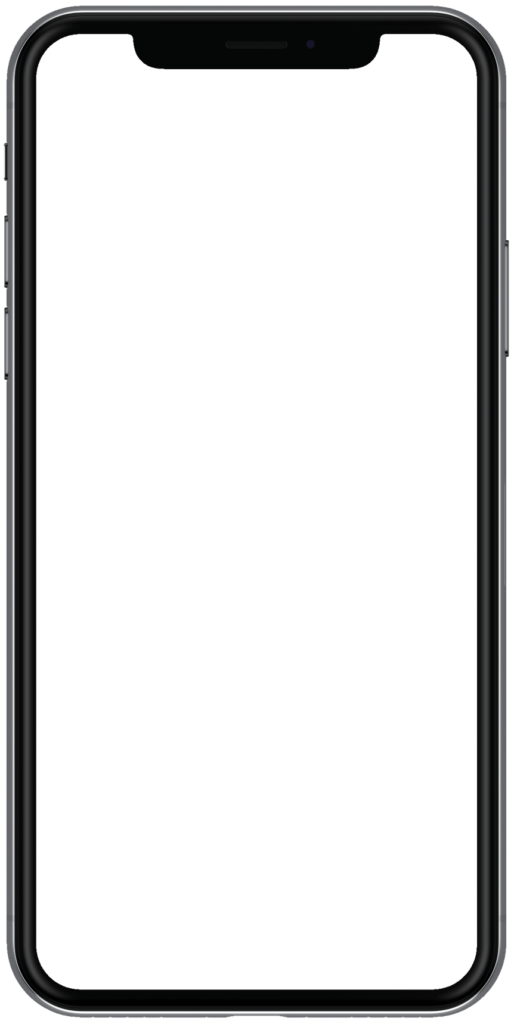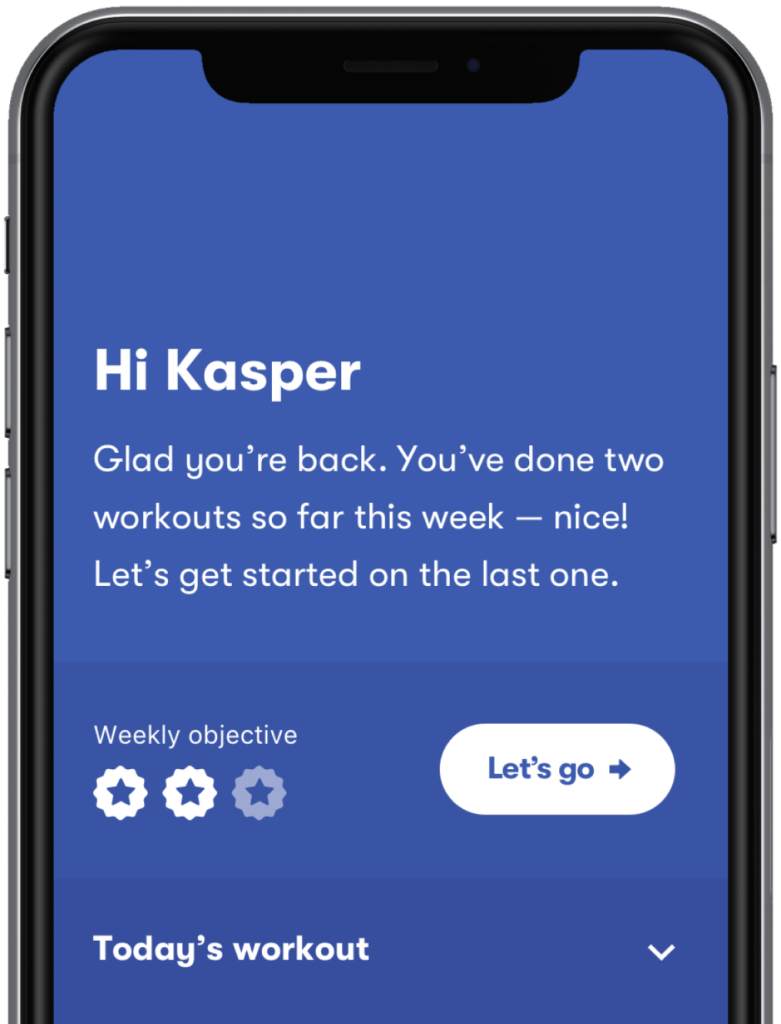Hip Pain After Running
Runners occasionally have to deal with injuries – it’s an “occupational hazard,” even when you’re smart with your training. One of the most common symptoms of injury in athletes, especially runners, is hip pain.
Often hip pain can be exacerbated if you continue running. That’s why it’s important to know what’s going on.
At Injurymap, we understand how frustrating hip pain can be for runners. We are here to help you better understand the most common causes of hip pain after running and how to deal with it.
There are many different reasons for the hip to hurt during and after running. The cause of the hip pain determines when the pain occurs (during or after running or both). It also affects the location of the pain (inside, outside, in the thigh or groin) and other associated symptoms such as stiffness and/or reduced range of motion.
Injurymap is here to help you deal with running-related hip pain with this comprehensive guide. Remember, if your symptoms are severe or persistent, you should always seek medical care.
Hip joint anatomy
The hip is a ball-and-socket type of joint – the largest of its kind in the body. The “ball” in the joint is a knob-like protuberance at the top of the thigh bone. This ball fits into a socket or cup-like indentation in the pelvic bone.1 A cartilage called the labrum lines the joint. There are many muscles, tendons, and ligaments that attach to the bones and allow the hip joint to go through a range of motions, including:
Movement
- Flexion (bending the leg toward the trunk)
- Extension (moving the leg behind the body)
- Adduction (moving the leg sideways toward the body)
- Abduction (moving the leg sideways away from the body)
- Internal rotation (twisting the thigh inward so that the toes point away from the body)
- External rotation (twisting the thigh outward away from the rest of the body)
Many of these movements are activated when you run. Flexion and extension are needed to move the legs forward and back. Rotation stabilizes the hip joint and improves running form.


